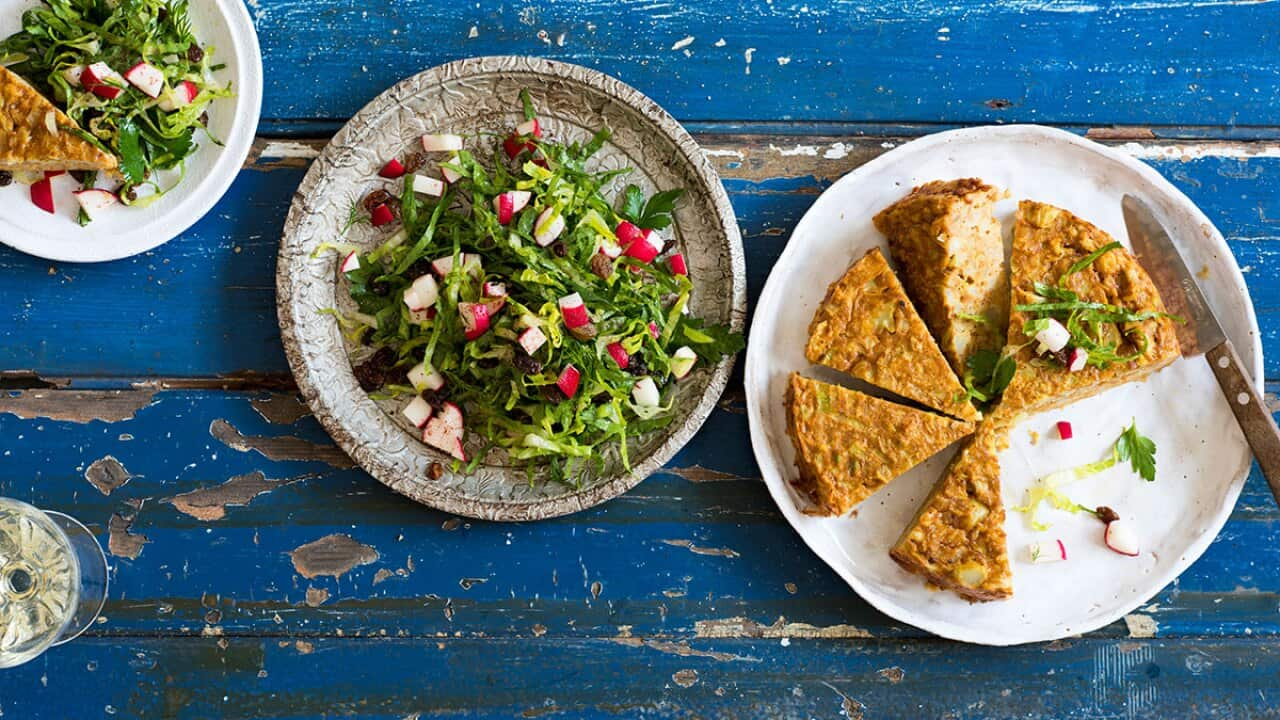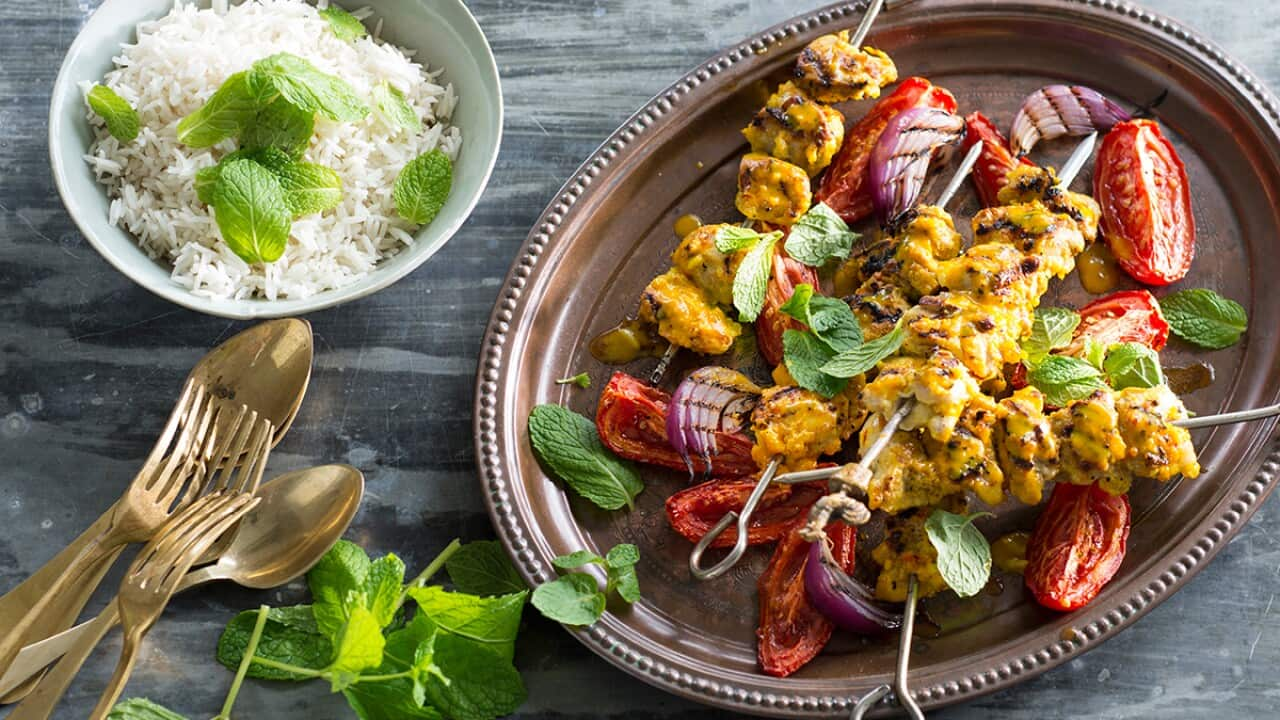It’s not altogether uncommon for people celebrating , or Persian New Year, to spy a live (or two) on the . The gilled creatures otherwise known as low-maintenance pets are symbols of new and rebirth for Iranians and anyone else noting the most significant holiday on the Persian calendar; plus, they make for spectacular table decorations – provided the cat stays off the table.
Nowruz translates to English as “new day” and coincides exactly with the spring equinox in the Northern Hemisphere. It’s a time of rejuvenation, celebration and abundance, serious spring house-cleans and even more serious table spreads – the goldfish are just the beginning.
For in Sydney's Ryde, it’s the busiest time of the year by far – and not just because he’s planning festivities of his own.
“We’ll be very busy today, but tomorrow is the celebration,” he tells SBS. “Bahar sells Persian artefacts and books, it’s a general store for the Persian community. Around this time of year, though, we mainly sell elements of the seven symbolic foods that families put on the table for Nowruz.”
These foods are known as the seven ‘S’ foods, each one symbolising a different teaching in the ancient religion of Iran. “They’re like old Persian values,” Sajadi says. “All the foods are arranged to make what’s called a haft sin [a Farsi term that into English literally as “seven s”] table, typically displayed at Nowruz.”
If you’re planning on creating your own haft sin table this year, here’s Sajadi’s guide to making sure it ticks all the boxes.
1. Sabzeh
“Sabzeh is something green – whatever seed that might germinate or grow for Nowruz. Usually, this is wheatgrass. It represents rebirth and rejuvenation."
2. Samanu
“This is a sort of sweet wheatgrass pudding to symbolise food, affluence and wealth, but it’s sweetened by itself without any added sugar. The family usually prepares this the day before Nowruz.”
3. Senjed
“Dried leaves from the , or silver berry if you’re in the US. Some might call it mountain ash. It is believed if you sit and pray beneath the silver berry tree, all your wishes will come true in the new year. Senjed symbolises love.
4. Seer
“ means garlic in English, and it symbolises medicine and taking good care of yourself in the new year.”
5. Sib
“Apples – usually red. Apples are symbols of health and beauty of people and place.”
6. Somaq
Most people have probably seen in the spice aisle of their supermarket, but Sajadi is referring to the spice’s original form – sour red berries. “Somaq is commonly used in Persian cuisine,” he says. “It’s a symbol of sunrise on a new day.”
7. Serkeh
“Serkeh is vinegar, it represents growing older, maturing and developing more patience.”
At this point, you may be wondering why they all start with the letter 's'. The answer, according to Sajadi, may be lost to history. “There are some myths floating around, but most mythologists believe it’s just always been 's' foods,” he says.
Families prepare the haft sin table about two weeks in advance, and at the precise moment the sun crosses the celestial equator (marking the beginning of spring in the Northern Hemisphere), the feast begins.

This Persian omelette (kuku sabzi) is often on the menu for Nowruz. (Sharyn Cairns) Source: Sharyn Cairns
For Sajadi, Nowruz is more than simply an opportunity to gorge on home-cooked Persian food (although it definitely is that). It’s also a chance to create an intergenerational exchange about Iran’s rich culinary history.
“Iran is one of the oldest multicultural societies in the world, with many ethnicities living there,” he says. “Different areas have different climates: the Caspian coast is cool and moist, but the closer you get to the Persian Gulf, the dryer and hotter it gets. In the East towards Afghanistan, it’s cold and dry. The vegetation growing in these parts makes Persian cuisine generally rich because there are very different ethnicities and sources of food.”
Sharing food and cooking traditions on Nowruz is a way of connecting Iranian diasporas across the world, and a near-perfect excuse to place your pet goldfish on the dining table. Happy Persian New Year!
More dishes to try

Persian New Year: sweets, sprouts and the table of seven






